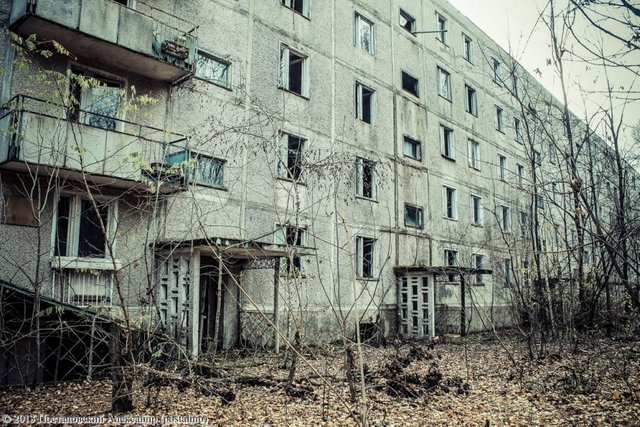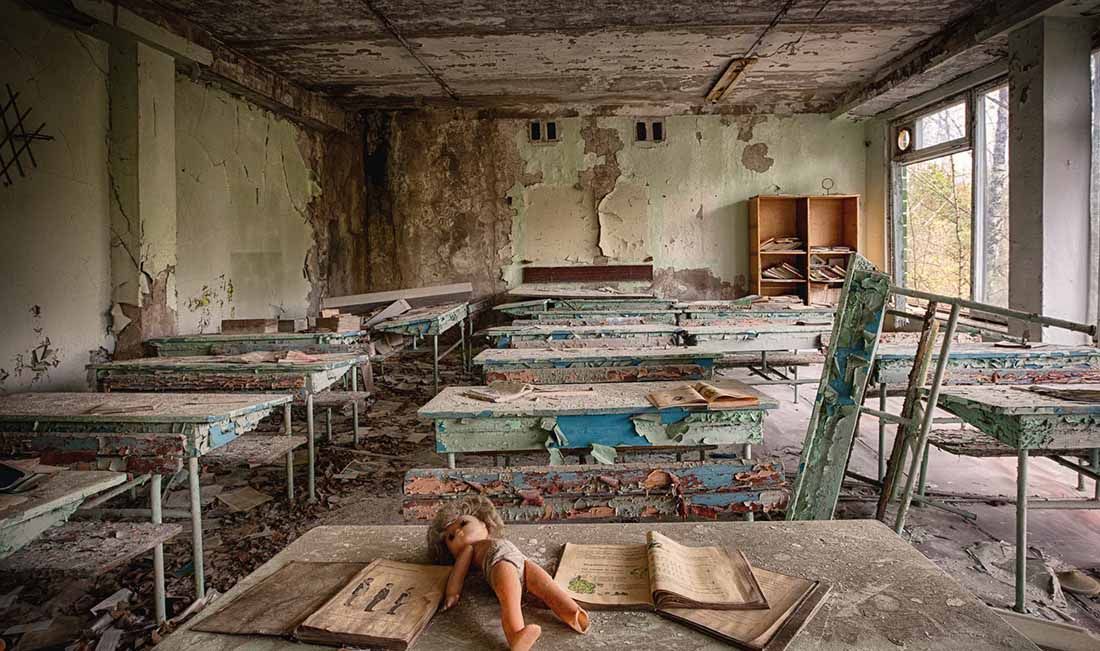Pripyat, the ghost town
For 30 years a spooky calm has been part of Pripyat, a Soviet city located in the north of Ukraine that was completely uninhabited after the Chernobyl disaster.
Pripyat is known to suffer the worst nuclear accident recorded in history. On the morning of April 26, 1986, reactor number four of the Chernobyl plant in the former Soviet Union exploded. This incident is the only one in the world with level seven, the highest and most serious grade, in the International Nuclear Accident Scale.
The result of the disaster was a radioactive fallout 400 times greater than the atomic bomb of Hiroshima. Even so, the Soviet government, under the rule of Mikhail Gorbachev, ordered the citizens of Pripyat to continue with their normal lives to prevent the panic from overflowing. The shameful way in which the authorities handled the situation was criticized in a categorical way within the Soviet Union itself.
The order to evacuate Pripyat came 36 hours after the Chernobyl explosion, thousands of people were exposed all the time to levels of radiation never before seen, radioactive waste on the city contaminated everything in its path.
The evacuation began when the scale of the disaster could no longer be questioned. The inhabitants were told they would be back in two weeks and were only allowed to carry documents, money and food for the road on the bus, never imagined they would never return. The evacuation was carried out by the Russian army in just three days, while slaughtering domestic animals and livestock.
The catastrophe left to Pripyat turned into a ghost and radioactive city, is considered the dead zone of the planet with a diamtro of 30 kilometers. At present, only researchers, scientists and a limited number of tourists visit the site, who can only enter with prior authorization from the Ukrainian authorities. The security forces guard the accesses to the so-called exclusion zone.
Very few people approach the city and the nuclear power plant attracted by the history among its ruins, who do so must wear radiation protection suits and take some preventive measures, in addition to being fully aware of the risk to which they are exposed.
Pripyat is a Soviet museum with abandoned buildings and empty streets. In the place remain flags of the Soviet Union and symbols of the communist era. In addition to photographs, toys, clothes and objects, within hospitals, schools and homes that once housed thousands of people. Within the buildings mold, fungi and plants grow, nature gradually takes over the place.
It is estimated that the area will not be habitable for several centuries due to the concentration of radioactive elements that disappear completely in 1,000 years.

